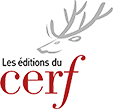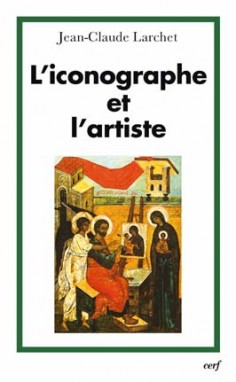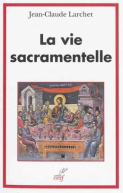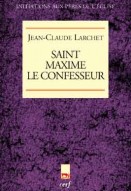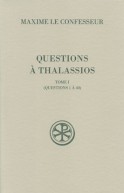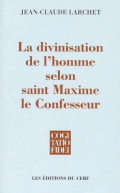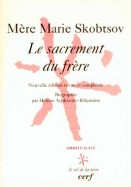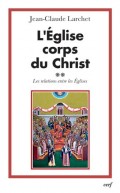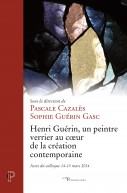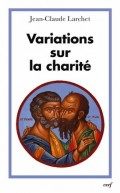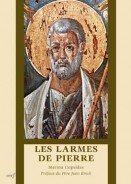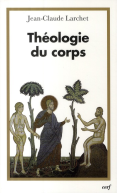L'iconographe et l'artiste
Collection Théologies
176 pages - févr. 2008
21,00€
Les études rassemblées dans ce livre ont toutes en commun de faire apparaître ce qui fait la spécificité de l'art de l'icône par rapport à l'art religieux ordinaire. La première étude propose une approche initiale de l'icône à ceux qui en ignorent à peu près tout. La deuxième étude précise la différence entre l'objet d'art et l'icône, en insistant sur les fondements théologiques de celle-ci. Les deux études suivantes explicitent la signification théologique d'un certain nombre d'éléments représentatifs propres à l'icône. La première montre que la façon de traduire l'espace dans l'icône, qui peut paraître naïve de prime abord, est en réalité très élaborée et destinée à en exprimer une perception particulière, relative à sa signification spirituelle. La seconde montre qu'il en va de même en ce qui concerne le rapport de la représentation iconographique au temps, l'icône constituant une interface paradoxale entre la temporalité de ce monde et l'éternité du Royaume. La cinquième étude examine, à travers l'œuvre de l'un des plus grands iconographes russes du XXe siècle, le moine Grégoire Krug, la place respective de la créativité et de la tradition dans l'art iconographique, et pose de nouveau, de ce point de vue, le problème des rapports entre l'iconographe et l'artiste. La dernière étude, à travers l'analyse de fausses ou de pseudo-icônes anciennes et récentes, fait apparaître l'importance du lien, en amont et en aval, de l'iconographie avec les principes dogmatiques et ecclésiogiques qui la fondent.
--
The studies assembled in this book have one thing in common: they reveal what makes the icon unique in religious art. The first study presents an initial approach to the icon for those who know little about it. The second points out the difference between the art ‘object’ and the icon; highlighting the theological content of the latter. The third and fourth studies explain the theological meaning of a certain number of representative elements that are specific to the icon. We learn how space is indicated in the icon, a technique which may appear naive at first glance, but is in fact highly sophisticated and intended to express a specific perception in relation to the spiritual signification. The author reveals the similar rapport between iconic representation and time, the icon constituting a paradoxical interface between the temporality of this world and the eternity of the Kingdom. The fifth study examines the respect for creativity and tradition in iconographic art, through the work of one of the greatest Russian iconographers of the 20th century, the monk Gregory Krug. It focuses on the problematic of relations between iconography and the artist. Through the analyses of ancient and modern fake or pseudo-icons, the author reveals the importance of the link between the icon and the dogmatic and ecclesial principles upon which it is founded.
--
The studies assembled in this book have one thing in common: they reveal what makes the icon unique in religious art. The first study presents an initial approach to the icon for those who know little about it. The second points out the difference between the art ‘object’ and the icon; highlighting the theological content of the latter. The third and fourth studies explain the theological meaning of a certain number of representative elements that are specific to the icon. We learn how space is indicated in the icon, a technique which may appear naive at first glance, but is in fact highly sophisticated and intended to express a specific perception in relation to the spiritual signification. The author reveals the similar rapport between iconic representation and time, the icon constituting a paradoxical interface between the temporality of this world and the eternity of the Kingdom. The fifth study examines the respect for creativity and tradition in iconographic art, through the work of one of the greatest Russian iconographers of the 20th century, the monk Gregory Krug. It focuses on the problematic of relations between iconography and the artist. Through the analyses of ancient and modern fake or pseudo-icons, the author reveals the importance of the link between the icon and the dogmatic and ecclesial principles upon which it is founded.
- Dimensions : 145x235x10
- ISBN : 9782204084765
- Poids : 270 grammes
DU MÊME AUTEUR
Divinisation de l'homme selon saint Maxime le Confesseur (La) - CF 194
de Jean-Claude Larchet
768 pages - mars 1996
> VOIR TOUS LES LIVRES DE l'AUTEUR
